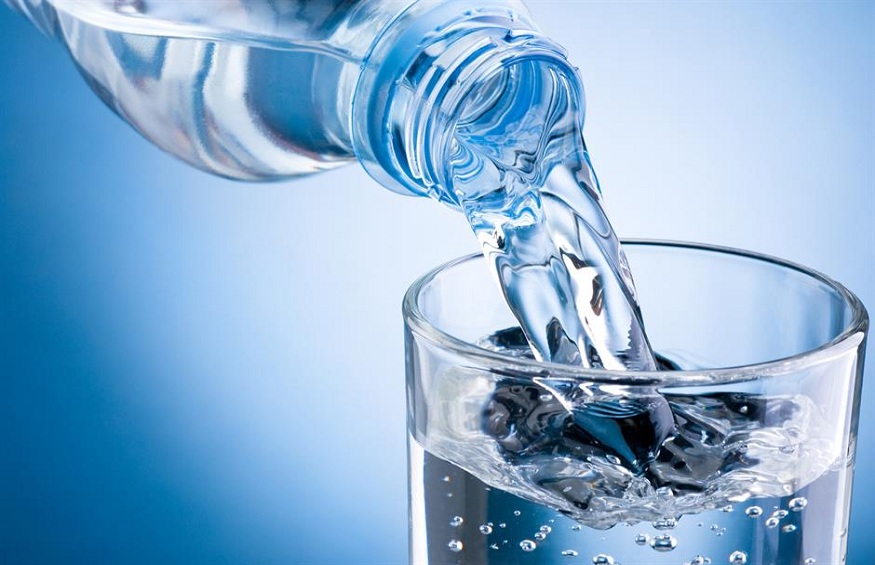Water in bottles, for individual use, can have various origins, such as wells, artesian wells, or springs, and can distinguish its salt content, such as mineral water, or involve treatments, such as purified water. Mineral water, the best-known type of bottled water, can be oxymoronic if it contains less than 50 milligrams of salts per liter of water, of medium content between 50 and 1500 milligrams, or high range, when it exceeds 1500 milligrams. In all cases, it is bottled and distributed through food stores. In other words, it is drinking water that meets the requirements to be consumed, like any other food.
The popular culture of bottled mineral waters, with curative properties for various diseases, began in the 17th and 18th centuries, both in Europe and the United States. To them was added carbonated water, whose refreshing properties were discovered at the end of the 18th century by the chemist Joseph Priestley. However, there is a dispute as to its first industrial manufacture. While Anglo-Saxons defend its origin in the partnership formed by Priestley himself and the celebrated Jacob Schweppes in Central Europe, it is claimed that the first industrial process was developed by the multifaceted Hungarian scientist and monk Ányos Jedlik in 1826.
Be that as it may, this water usually contains between 2000 and 8000 milligrams of salts per liter, primarily carbonated. Although it can be obtained from natural sources, most of it is manufactured industrially. In this sense, in Europe, there are many local brands of carbonated water, which combine local mineral water with carbonic treatment. They have generated an exciting culture around this type of water, including its medicinal properties linked, of course, to spa treatments.
During the 19th century, bottled water acquired its current prestige due to the problems associated with municipal water distribution. Frequent epidemics, such as the cholera epidemic in London described above, contributed in a very notorious way to create a feeling of danger towards tap water. This feeling has been projected to the present day. This justifies that although bottled water is hundreds of times more expensive than municipal water, the population is willing to pay the extra cost.
The introduction of municipal water chlorination changed the trend in consumption somewhat, so that at the beginning of the 20th century, bottled water consumption in the United States declined somewhat. However, in Europe, a different trend began, as bottled water became a product associated with leisure time and even cultural activities. Coffee shops and retail stores started to sell bottled water in large quantities.
Taste tests show that we prefer to drink chemically enhanced water with a sweeter taste. Large companies take advantage of this consumer preference by adding certain chemical compounds to the water they bottle. According to some chemistry testing, many brands found on store shelves contain magnesium sulfate, potassium chloride, salt; calcium chloride, magnesium chloride, potassium bicarbonate, and sodium bicarbonate. These chemicals are used because pure water has “no taste.”
Although tap water in the United States is monitored by the Environmental Protection Agency (EPA), the quality of bottled water, in turn, is regulated by the Food and Drug Administration (FDA), which means that according to chemistry testing, it is classified as food. And, interestingly, EPA guidelines for tap water are stricter than FDA standards for bottled water.
However, none of this should cause health problems; the additional minerals give the water a slightly salty or bitter taste, but that the amounts are usually too small to harm health.
Thus, while municipal water receives the necessary treatment to ensure that it is suitable for drinking and germ-free, bottled water from natural sources may not receive any treatment except in two respects.
The absence of treatment is justified by the purifying capacity of the subway watercourse, which is true. The proper treatments of bottled water are the elimination of arsenic, iron, sulfur, and manganese up to the authorized levels and the eventual injection of carbon dioxide to manufacture carbonated water.
The origin of the prestige of mineral water is due to its sanitary guarantee and its medicinal properties. But the current reasons for consumption seem to be essentially cultural; mineral water is consumed for its taste and for the pleasure of drinking it. Its affordable price, in absolute terms, allows its widespread presence in the homes of developed countries, for reasons equivalent to the ability to consume leisure or culture.



